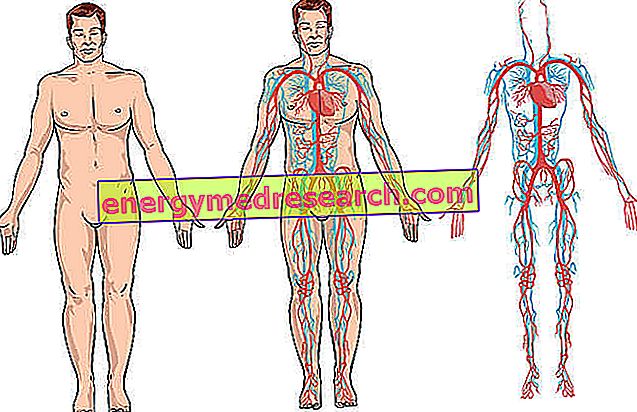Genital ulcers
The ulceration of the genitals is often due to a sexually transmitted pathogen. To make a diagnosis, it is important to know the number of ulcers, the relationship between their appearance and sexual relations, and the severity of the disorder they caused. From the clinical point of view, we can classify the ulcerative lesions of the genitals into: multiple painful ulcers, multiple painless ulcers, solitary non-painful ulcers and solitary sore ulcers.
Ulcerative lesions of the genitals
| Multiple ulcers | Solitary ulcers | ||
mourners | Not painful | mourners | Not painful |
Genital herpes Behçet's disease cancroid Scabies More | Secondary syphilis Donovanosis | Tuberculosis Recurrent genital herpes Carcinoma | Primary syphilis Tertiary syphilis Carcinoma Circulated Balanitis (Reiter's syndrome) Venereal lymphogranuloma Donovanosis |
Multiple painful ulcers
Genital herpes is the most common cause of genital ulcers in industrialized countries. About 90% of cases are caused by Herpes Simplex type 2 and the remaining 10% by type 1. Within 1-2 weeks of infection, a small group of vesicles surrounded by erythema of the foreskin appears on the penis. The vesicles break, causing small superficial ulcers, very painful, which heal in 5-7 days, but which can serve as a gateway for other germs. The patient is suffering, the inguinal lymph nodes have increased in volume and generally very painful. Neurological symptoms are often present due to the involvement of the nerve roots that are located in that anatomical site (sacral) such as: retention of urine, constipation, tingling sensation (paresthesia), and a general symptomatology (fever, myalgia, headache). The clinical diagnosis (directly observing the lesions) is almost always easy; it is certain if it is possible to isolate the virus on a culture medium and / or in the blood, even if its lack of documentation does not exclude Herpes. As with all cases of genital ulcers with swollen and painful lymph nodes, it is necessary to rule out other causes, in particular syphilis.
Less common causes of multiple painful ulcers are Behçet's disease and the cancer. Behçet's disease is a rare condition characterized by aggressive and recurrent oral and genital ulcerations. Compared to genital herpes, the involvement of lymph nodes is missing and it is common to observe numerous scars retracted at the level of the oral mucosa. Its association between Behçet's disease and an infection of the eye and / or meninges (meningitis) is not uncommon.
Cancer (or soft venereal ulcer) is a suppurative infection (with pus), caused by a bacterium called Hemophilus Ducrey, which affects the genitals, although it can also be extragenital. It is rare in our latitudes and is almost always contracted abroad or by a sexual partner recently returned from a trip abroad. In the West it is particularly widespread among prostitutes and among those who habitually use drugs. The lesion begins as a small pink papule which quickly becomes a pustule (stuffed with pus) and grows to form an ulcer with irregular margins; the base is covered with an abundant greyish pus-secreting crust. Ulcerations are multiple and very painful; in 50-60% of cases the inguinal lymph nodes are swollen, painful and often fill with pus. The isolation of the bacterium in the laboratory, done on special culture media, is diagnostic.
A more rare cause of multiple and painful ulcers is scabies, a dermatological disease caused by parasites belonging to the order of the mites that causes multiple, itchy, painful papules, which subsequently ulcerate due to scratching (its name derives from the Latin " scabere " ). "which means scratching).
Furthermore, ulcerative lesions may manifest as elements of Reiter's syndrome (a complex disease characterized by a combination of urethritis, conjunctivitis, arthritis, oral ulcers and skin spots) or due to erythema multiforme (which causes eruptive patches on the skin), dermatitis of various types type, impetigo (bacterial disease caused by Streptococcus or Staphylococcus, hesitant in vesicles or blisters which then burst forming a crust), folliculitis (the trivial "pimples") and drug rashes.
Multiple painless ulcers
Ulcers of secondary syphilis, evident as eroded papules on the skin or plaques on the mucous membranes, are characteristically multiple but not painful.



